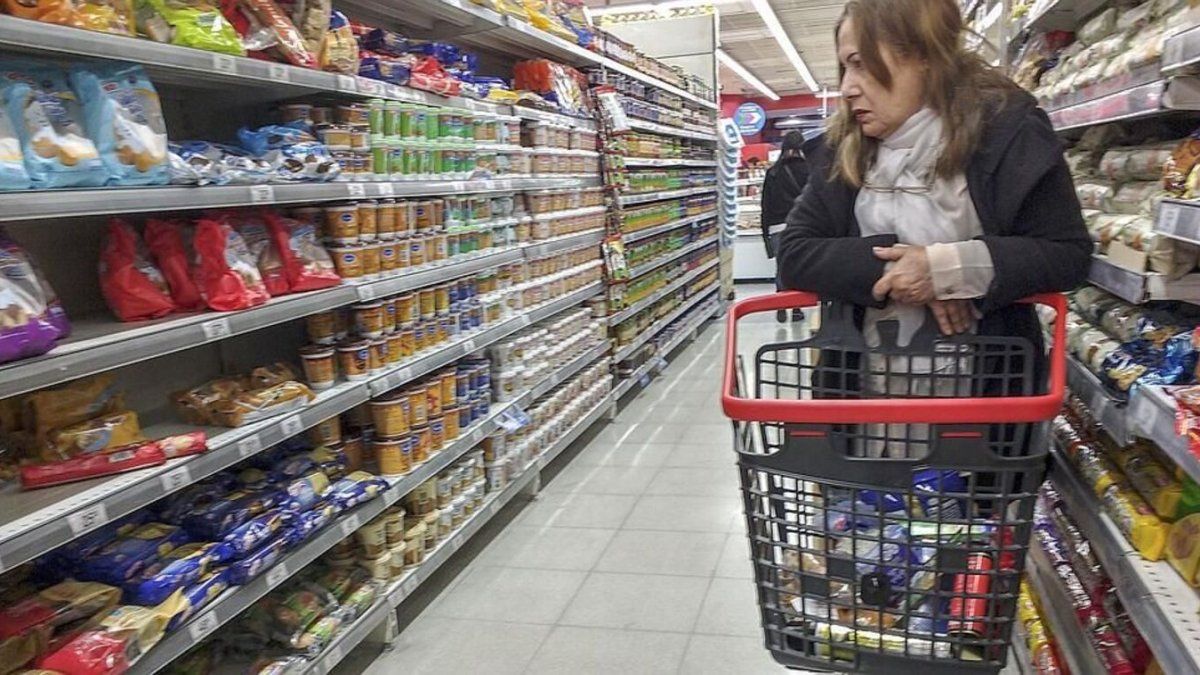According to the respective official statistical organizations, the accumulated inflation in the last twelve months left the countries as follows:
- Venezuela (284.4%)
- Argentina (55.1%)
- Brazil (11.30%)
- Paraguay (10.1)
- Chile (9.4%)
- Uruguay (9.38%)
- Colombia (8.53%)
- Peru (6.82%)
- Ecuador (2.64%)
- Bolivian (0.77%)
Seven of the ten South American countries had inflation equal to or greater than 1% in March: Colombia (1%), Uruguay (1.11%), Venezuela (1.4%), Peru (1.50%), Brazil ( 1.62%), Chile (1.9%) and Argentina (6.7%).
The three exceptions were Paraguay (0.8%) and, as in the year-on-year measurement, the only two cases in which inflation has not yet registered significant tailwinds: Ecuador (0.11%) and Bolivia, with a deflation of 0.05%. The regrowth began to take shape in the course of 2021, when most of the economic sectors began to show a recovery from the falls that, to a greater or lesser extent, they had in 2020 as a result of the coronavirus pandemic.
Since then, with some peculiarities, Inflation in the region was driven by three items: food, fuel and transportation, especially due to the rise in the international price of commodities such as oil, gas and wheat, although there was also a significant rise in fresh products.
To these factors was added the seasonal impact of education in February or March, according to the different start dates of the school cycles in each country.
What were the items that most affected inflation
Four countries had increases above the general level: Peru 2.67%, Brazil 5.61% (in February), Chile 6.6%, Venezuela 12.2% and Argentina 23.6%.
The inflation outlook for the main regional economy shows a two-digit year-on-year level for seven consecutive months, in a situation that worsened in March with the highest monthly rate since January 2003.
“We had a readjustment of 18.77% in the average price of gasoline sold by Petrobras to distributors on March 11,” said the manager of the Broad Consumer Price Index (IPCA) of the Brazilian Institute of Geography and Statistics ( IBGE), Pedro Kislanov.
The incidence was reflected in the general increase in fuels of 6.70%, which in the case of gasoline reached 6.95%.
The category Food and beverages (the one with the highest weight, not only in Brazil but in the entire region) exceeded 1.62% of general inflation, standing at 2.42%, with increases of 3.09% in food for consumption domiciliary.
Among the main rises was the tomato, with 27.22%, while the carrot increased 31.47% in the month and 166.17% in the interannual accumulated.
Also in Chile, food increased more than global inflation, with a rise of 3.9% (5.9% in the case of bread), although the concern among trans-Andeans has more to do with transportation, with an increase annual rate of 20.5%.
Food is the axis of inflation in Paraguay, with increases in March of 2.3% in baked goods, 4% in canned vegetables and 20.1% in eggs, while fuels made their contribution with a increase of 4.9%.
Colombia is another case in which the incidence of food in the general index was decisive, to the point that the National Administrative Department of Statistics (DANE) reported that general inflation of 1% was discriminated against by 1.29% for the poor and by 0.74% for high-income sectors.
In the last twelve months, Colombians had increases in the prices of poultry meat of 25.70%, in milk of 26.41%, in beef and derivatives of 35.90% and in potatoes of 110.22 %.
In Uruguay, mass consumption foods also had increases greater than general inflation, with increases of 1.82% in Bread and cereals, 2.32% in Meat and 4.24% in Milk, eggs and cheeses, with the particularity of a rise of 19.25% in the case of eggs.
In a context of rising inflation levels, Venezuela shows a different facet, the drop in the indices has as its starting point interannual rates that reached five digits.
The March report of the Central Bank of that country showed a monthly inflation of 1.4% (lower than that of Argentina, Chile, Brazil and Peru), although with an interannual level of 284.4%, which continues to place it at front of the listing in the region.
The official figures differ from those provided by the Venezuelan Finance Observatory (OVF), which estimated a 10.5% rise in consumer prices for last month, although the year-on-year rate of 251% is lower than that announced by the BCV. .
Source: Ambito
David William is a talented author who has made a name for himself in the world of writing. He is a professional author who writes on a wide range of topics, from general interest to opinion news. David is currently working as a writer at 24 hours worlds where he brings his unique perspective and in-depth research to his articles, making them both informative and engaging.




